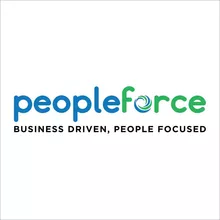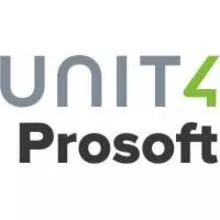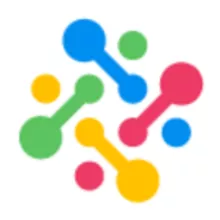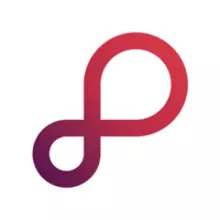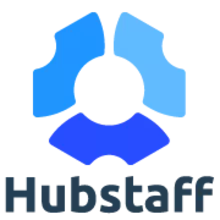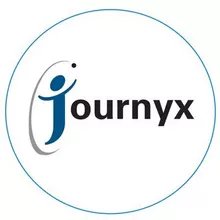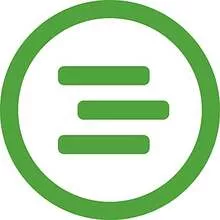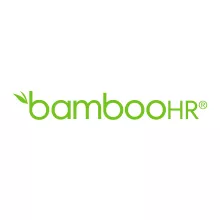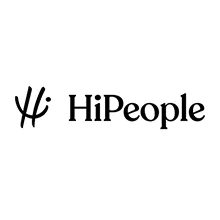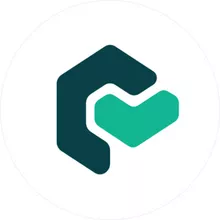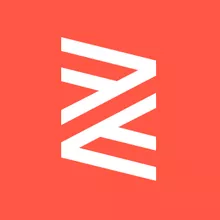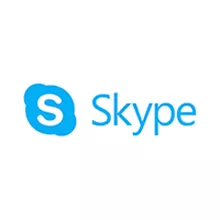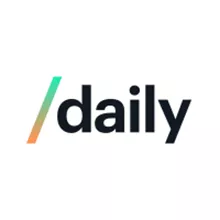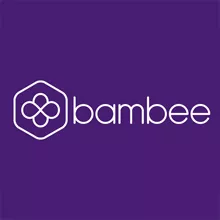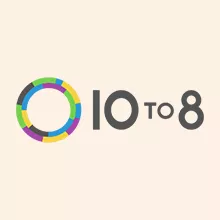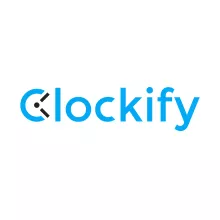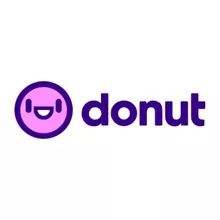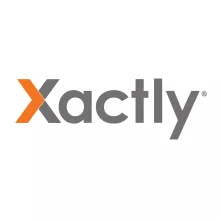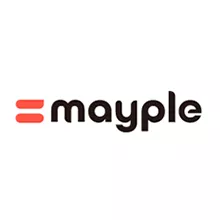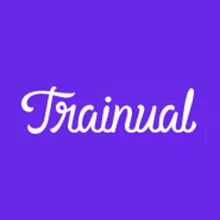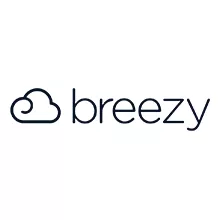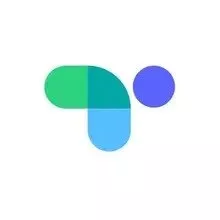Employee engagement and motivation platform
HR Scheduling Software
Scheduling software is a computer programme or application that automates various employee scheduling tasks such as work schedule management, employee communication, and time tracking. It can be cloud-based or locally installed. Any digital solution that aids HR managers in establishing, amending, distributing, and maintaining staff schedules are referred to as HR scheduling software. Most products have a drag-and-drop shift template that may be customised. For example, you may copy and reuse a shift template, drag and drop employee names into a shift, and mark time-offs. Advanced applications use predetermined criteria to automate the design and updating of shift schedules. HR scheduling software often allows employees to be more flexible at work. For example, employees may use the programme to design and manage their own work schedules, determine availability, issue leave requests, and even exchange shifts without the requirement for management approval. Most programmes also make it easy for employees to communicate with one another by allowing them to cooperate on schedules via pings and the message wall. This saves time on schedule and helps to minimise shift conflicts and understaffing or overstaffing difficulties. In addition, products in this category aid in tracking work hours, compliance with local labour regulations, the generation of payroll and invoicing reports, the reduction of human mistakes, and the assignment of the correct duties to the correct person at the correct location.
Types of HR Scheduling Software:
There are two types of scheduling software: cloud-based applications and local programmes.
On-demand services or applications are supplied over a shared cloud computing infrastructure using cloud-based scheduling software. Such software does not require installation on a particular device in order to make scheduling information available from anywhere with an Internet connection but instead stores data online. Cloud-based scheduling software often receives automated updates from the supplier and does not require frequent user maintenance. A cloud-based service for storing documents online, such as Google Drive, is an example. Local applications are installed directly on the device and are not updated by the provider on a regular basis. Microsoft Word is an example of a local application.
Benefits of HR Scheduling Software:
- Keep Staff Updated: Scheduling software has the advantage of keeping everyone on the same page. Having a good, basic scheduling system allows companies to keep track of individual or group schedules. Regardless of how many shifts, patterns, or rotations a company has, it can handle a variety of scheduling conditions.
- Delegate Resources: When establishing a company's schedules, resource requirements are a crucial issue to consider. Though it may appear to be common sense at first, it may rapidly become complicated.
- Reduce Availability Conflicts: However, even with meticulous preparation and a planned schedule, problems might develop if an employee forgets whose shift they are assigned to. Employees skipping planned shifts or turning up for shifts at the wrong time may occur in operations with rotating shifts or non-repeating schedules, resulting in duplicate shifts or other inefficiencies.
- Increase Efficiency: You must guarantee that the correct employees are there for the right duties for your firm to function well. In addition to the number of people necessary, scheduling must typically account for situations that require certain qualifications or training.
- Keep Track of Time and Attendance: When tracking the time and attendance of employees in organisations that do not have a single, centralised location, difficulties might arise.


